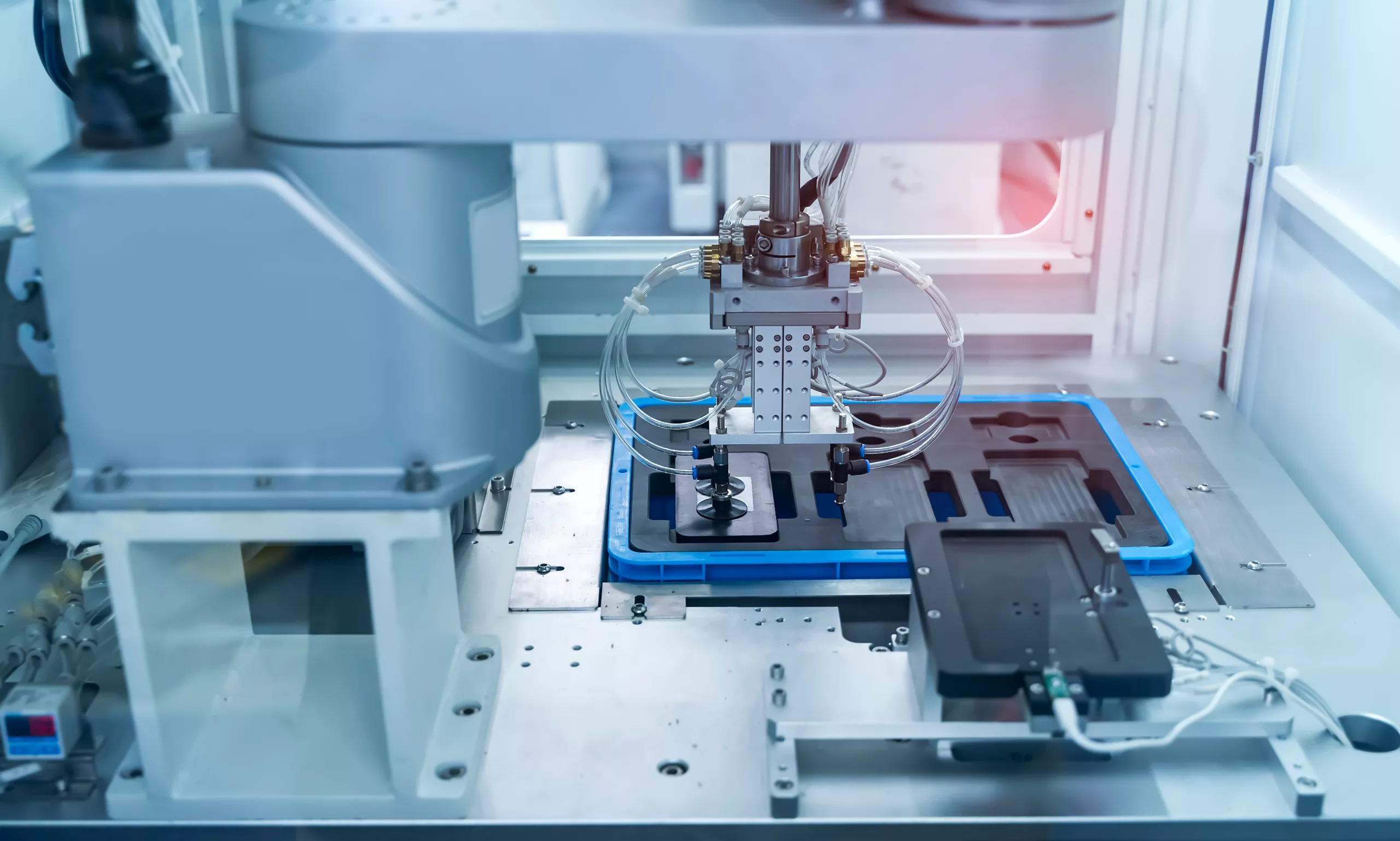In the dynamic landscape of medical device development, innovation is key to improving patient care and outcomes. However, bringing a new medical device to market involves navigating complex regulatory processes to ensure safety and efficacy. The FDA plays a pivotal role in this journey, providing oversight and guidance to developers. One such initiative aimed at streamlining the regulatory pathway for certain medical devices is the FDA’s Medical Device Development Tools (MDDT) program. In this blog post, we’ll take a closer look at the MDDT program, its objectives, benefits, and impact on the medical device industry.
The FDA’s MDDT program is designed to facilitate the development, evaluation, and regulatory review of medical devices by qualifying and promoting the use of specific tools, methods, and processes. These tools, known as MDDTs, encompass a wide range of technologies, methodologies, and models that can aid in assessing the safety, effectiveness, performance, or quality of medical devices.
The MDDT program serves several key objectives:
- Enhancing Regulatory Efficiency: By qualifying MDDTs, the FDA aims to streamline the regulatory review process for medical devices. Qualified MDDTs can provide standardized, reliable data that facilitate regulatory decision-making, potentially reducing the time and resources required for device evaluation.
- Encouraging Innovation: By providing developers with clear guidance on acceptable methods for evaluating medical devices, the MDDT program encourages innovation in the design and development of new technologies. This can lead to the creation of safer, more effective medical devices that address unmet clinical needs.
- Facilitating Collaboration: The MDDT program fosters collaboration between the FDA, industry, academia, and other stakeholders in the development and validation of innovative tools and methodologies. This collaboration promotes knowledge-sharing and helps ensure that MDDTs meet the needs of both regulators and industry stakeholders.
Developers can gain greater predictability in the regulatory process by using qualified MDDTs, which have been vetted and accepted by the FDA. This can help reduce uncertainty and mitigate risks associated with the development of new medical devices. By leveraging qualified MDDTs, developers may experience shorter review times and faster market access for their medical devices. This can lead to more timely availability of innovative technologies for patients and healthcare providers.
Qualified MDDTs provide a standardized approach to evaluating medical devices, promoting consistency in regulatory decision-making and enhancing the quality of data submitted to the FDA.
The FDA has qualified a variety of MDDTs across different medical device categories. These include:
- Imaging tools for assessing tumor response to cancer therapies
- Biomarkers for predicting clinical outcomes or treatment response
- Patient-reported outcome measures for evaluating symptoms and quality of life
The FDA’s Medical Device Development Tools (MDDT) program plays a crucial role in advancing medical device innovation while ensuring the safety and effectiveness of new technologies. By qualifying and promoting the use of specific tools and methodologies, the MDDT program facilitates a more efficient regulatory pathway for medical device developers. EMMA International’s team of medical device experts can support your product from concept to commercialization, including working through innovative new FDA programs. Learn more by calling 248-987-4497 or emailing info@emmainternational.com
FDA (April 2024) Medical Device Development Tools (MDDT) retrieved from: https://www.fda.gov/medical-devices/medical-device-development-tools-mddt






